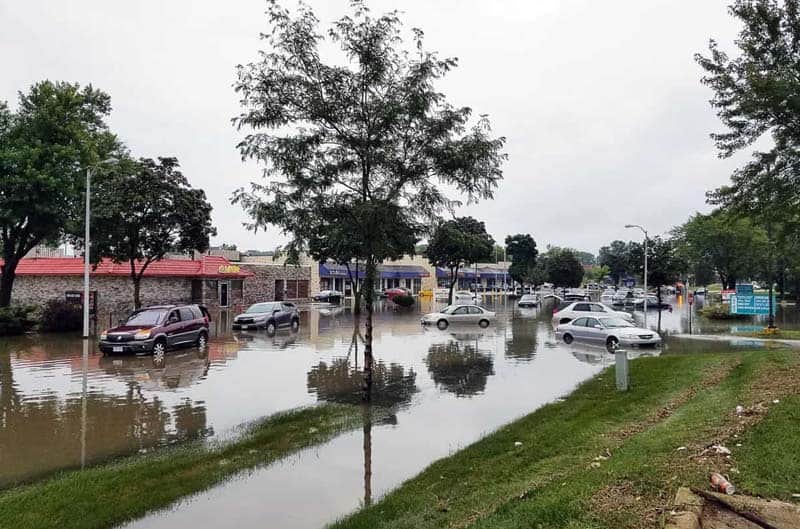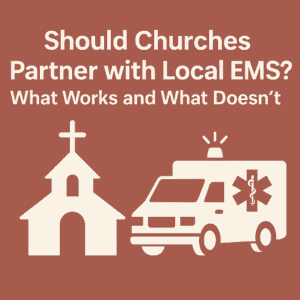A couple of important and often left out components of a comprehensive travel risk assessment are environmental and wildlife considerations. Both of these can have an impact on travel, continuity of work, etc., depending on the area you are in. Let’s take a look at just a few of the questions you should be answering in regards to these factors.
Is the environment hostile? This can sound like a silly question but think in terms of environmental factors related to being in a snowfield, desert, or tropical environment. Within each of these environments, what will the extremes look like? Will the extreme cold, excessive heat, or stifling humidity have to be dealt with? The environment you are in has a direct bearing on the gear, clothing, medicine, communication, technology, etc., you will be taking with you.
Reliefweb reports in 2017, 335 natural disasters affected over 95.6 million people, killing an additional 9,697. This burden was not shared equally, as Asia seemed to be the most vulnerable continent for floods and storms, with 44% of all disaster events, 58% of the total deaths, and 70% of the total people affected. These numbers do not reflect fatalities due to extreme weather such as heat and cold and despite how large they may seem, 2017 was below average. It appears that weather-related deaths are trending downward, but thousands of people still lose their lives to these events annually.
When it comes to wildlife such as animals, insects, and reptiles, how do you plan to mitigate those concerns? Mosquitos are often the most talked about, but keep other risks in mind as well. How will you deal with interaction with feral or even domestic animals? There’s always the risk of injury or disease.
According to LIVESCIENCE, several million people die per year due to diseases transmitted between animals and humans. According to the study “Mapping of Poverty and Likely Zoonoses Hotspots,” 56 diseases transmitted from animals to humans were identified which are responsible for an estimated 2.7 human million deaths and around 2.5 billion cases of human illness a year.
Again, don’t overlook the importance of weather and wildlife when conducting a risk assessment. Your analysis should be very specific and needs to include local reporting to be comprehensive. Seasonal forecasts, cyclic weather patterns, local wildlife concerns, etc., should all be looked at and assessed. You can then use the totality of these factors to make a well-informed decision on how to mitigate these concerns.








